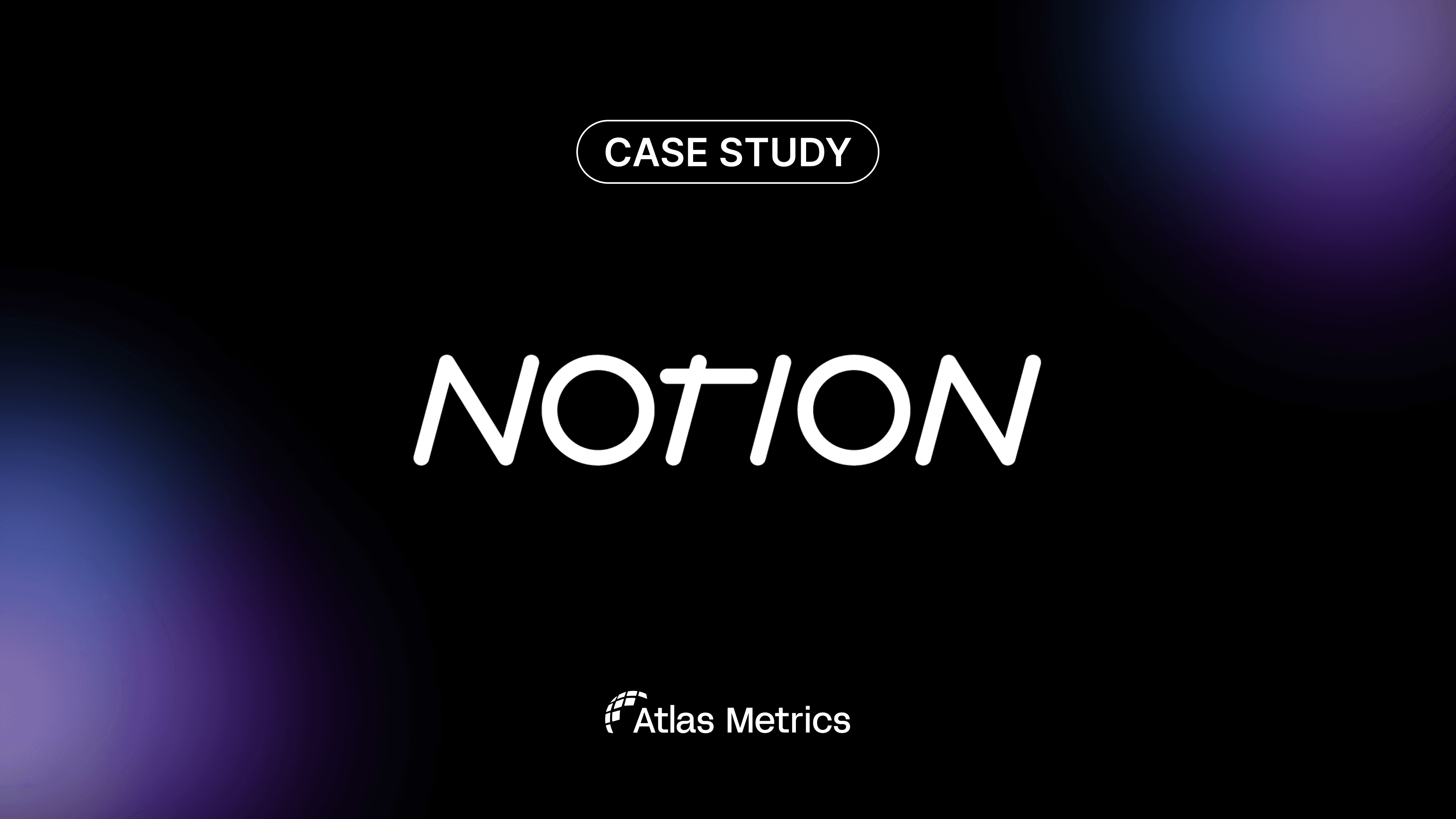What is CDP and why does it matter?
17.04.2025
·
Maddalena Castelli
The Carbon Disclosure Project (CDP) is a global non-profit that operates an independent environmental disclosure system. Since 2000, CDP has been helping companies, cities, states, and regions understand and manage their environmental impact by encouraging them to disclose data on climate change, water security, and deforestation.
By creating a standardized platform for environmental reporting, CDP brings transparency, accountability, and action to sustainability efforts worldwide.
Who discloses through CDP?
As of 2024, over 24,800 companies worldwide disclosed their environmental data through CDP, representing more than 66% of global market capitalization. This diverse group includes large multinationals as well as small and medium-sized enterprises (SMEs).
Beyond the corporate sector, over 1,100 cities, states, and regions have also reported their environmental impacts via CDP, aiding local governments in tracking climate action and enhancing resilience.
This increase in disclosures is driven by increasing demands from the financial sector. Over 700 financial institutions, managing assets exceeding $142 trillion, now request environmental disclosures through CDP to inform their investment decisions.
What topics does CDP cover?
CDP’s work centers around four critical environmental areas:
Climate Change: Helping organizations measure, manage, and reduce greenhouse gas emissions while understanding climate-related risks and opportunities.
Water Security: Supporting responsible water management to tackle water scarcity, pollution, and other water-related risks.
Forests: Promoting the protection of critical forest ecosystems by addressing deforestation linked to commodities like palm oil, soy, timber, and cattle.
Plastics: Introduced in 2023 and expanded in 2024, this module addresses plastic use, waste, and circularity.
Biodiversity: CDP’s 2024 questionnaire also includes a dedicated biodiversity module, which covers governance, risk management, and biodiversity-related goals and performance.
How does the CDP reporting process work?
Every year, CDP invites companies and governments to respond to detailed environmental questionnaires. These are aligned with major global frameworks like the Task Force on Climate-related Financial Disclosures (TCFD) and the Science Based Targets initiative (SBTi).
Organizations disclose their data via CDP’s online platform. Depending on the level of detail and quality of responses, disclosures are scored and, if the respondent agrees, made publicly available. This enables investors, customers, and the public to access and compare environmental performance.
The disclosure cycle typically opens in late spring and runs through early fall.
How do CDP scores work?
CDP scoring is designed to help organizations understand how effectively they are managing environmental issues like climate change, water security, and deforestation. It provides a benchmark for performance, encourages continuous improvement, and gives investors and other stakeholders a clear, comparable view of environmental leadership and risk management across companies and sectors.
CDP scores responses based on a four-tier scale from A to D-, depending on how well an organization is managing environmental issues:
A (Leadership): Demonstrates best practices, full transparency, and ambitious goals (like science-based targets).
B (Management): Takes coordinated actions to address environmental issues.
C (Awareness): Understands environmental issues but takes limited action.
D (Disclosure): Discloses basic data but shows little or no evidence of action.
Organizations that do not respond at all, or fail to meet minimum criteria, receive an F. Each focus area - climate, water, forests - receives a separate score.
Why disclose through CDP?
Environmental disclosure is no longer a nice-to-have — it’s a strategic imperative. With rising stakeholder expectations, regulatory shifts, and climate-related risks, companies are under growing pressure to demonstrate transparency and action. CDP provides a trusted, globally recognized platform to meet this demand and turn disclosure into a competitive advantage.
1. Meet Investor and Customer Expectations
Over 700 investors rely on CDP data. Reporting through CDP signals to the market that your company is committed to environmental transparency and long-term sustainability.
2. Strengthen Risk Management
Environmental risks like extreme weather, supply chain disruptions, or water scarcity are real. CDP reporting helps identify, assess, and plan for these risks.
3. Benchmark and Improve
CDP provides feedback, scoring breakdowns, and peer comparisons so you can benchmark your progress and make better decisions year over year.
4. Stay Ahead of Regulation
Disclosure regulations are expanding. The EU’s CSRD, the U.S. SEC’s climate rules, and others are making environmental reporting mandatory.
While CDP itself isn’t a regulatory body, its questionnaires align closely with these frameworks, making it a practical tool for preparing high-quality disclosures and avoiding last-minute compliance scrambles.
5. Boost Brand Trust and Reputation
Transparency builds credibility. Being open about your environmental efforts can improve your brand image, attract talent, and build loyalty with eco-conscious customers.
Conclusion
CDP has become a global standard for environmental disclosure, used by thousands of organizations to drive action, manage risk, and build trust. Whether you are a corporate giant or a growing SME, reporting through CDP is a smart, strategic step toward sustainability leadership.





